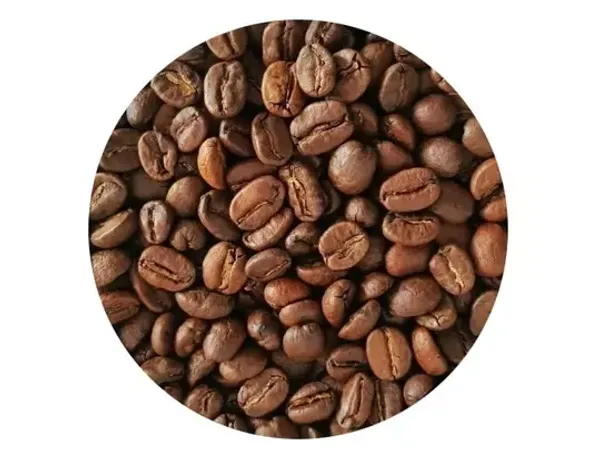Interesting and useful about our favorite tea
Interesting and useful about our favorite tea
Each owner or hostess has their own recipe for making coffee and they are all different. So which one is & ldquo; correct & rdquo;?
Most likely & ldquo; correct recipe & rdquo; making coffee is the one that suits you, and the choice of cooking method should be based only on your taste preferences.
Description of the coffee production process from harvest to packaging. Various processing and roasting options. Influence of methods on coffee quality.
Coffee harvest write-off. Methods of manual harvesting and mechanical. How the harvesting method affects the quality of coffee.
After picking coffee fruits, two methods of their processing are used & mdash; wet (wet) and dry.
The first is used if the coffee is of high quality, and dry is used for less aromatic beans, since it is simpler and does not require expensive equipment.
For example, the best Colombian, Costa Rican and Kenyan coffees are always wet-processed.
At the same time, many varieties of Brazilian coffee, intended for wide, mass consumption, are processed by the dry method.
The main types of coffee classification: by method of processing, by country of origin, by type of coffee bean.
Among the various types of coffee, flavored occupies a very special place. All types of coffee can be flavored without exception. In recent years, flavored coffee beans have become widespread, treated with food flavors that give it a certain flavor and aromatic tones. Flavored coffee & mdash; it is a high-end medium-roasted arabica treated with a variety of flavors.
Coffee trees were introduced to Indonesia in the middle of the 17th century. Today, coffee is produced throughout the Indonesian archipelago. Indonesia collects about 430 thousand tons annually, ranking third in the world after Brazil and Colombia. But only 10% of the total collected volume falls on arabica.


